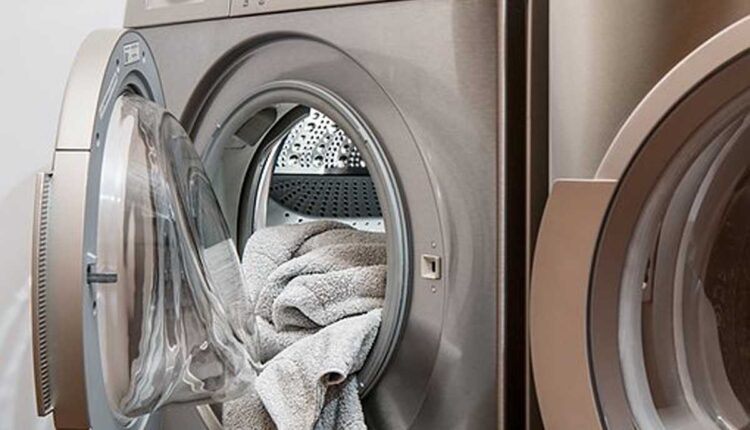If you’re having trouble washing clothes in your washing machine, you’re not alone. This article contains tips that can help you fix your machine. These tips include disassembling the machine and checking the power and water supply. In addition, you should check for clogged drain lines. After following these steps, your washing machine should be working correctly again.
Disassembling washing machine
If you are interested in technology and are handy with a wrench, disassembling your washing machine may be a good idea. Nonetheless, you should be careful and follow safety precautions to avoid harming yourself or the appliance. While some washing machines may require the disassembly of the entire machine, others only need to remove specific parts.
Disassembling a washing machine is simple if you know how to do it correctly. It is even recommended by washing machine experts because the process is not complicated.
Checking for power
If you’re having trouble starting your washing machine, you can start by checking the voltage. Some models have a selector switch that controls the drive motor’s speed. You should replace the main control board if the voltage test comes out negative. Otherwise, you may have a malfunction on the user interface board. To reach this board, you should unplug the power cord and close the water supply valves.
Another way to check for power is to look at the wall socket. It might be damaged or the power cord is not inserted correctly. Other reasons for no power include faulty wiring or an extension board.
Checking for water supply
If you have a leaky washing machine, the hoses may need replacing. Hoses can get rusted and become kinked over time. Remove the hose and check for moisture and a loose connection to find the leak. If you cannot find any water in the washing machine, check for water in the drain hose by moving the washing machine away from the wall.
There is a water leak if you see dripping or standing water at the connection. If it continues to drip, it is a good idea to unplug the washing machine and turn off the faucets. You may also find that the handles and faucets have come loose from the hoses. If the hoses are loose, tighten them firmly.
Checking for clogged drain line
If your washing machine leaks water when you are done washing, it may result from a clogged drain line. A clogged drain line can cause the water to back up and spill out onto the floor. In this situation, it’s essential to check for the clog and resolve the problem as quickly as possible. A clogged drain can be located at the trap or further down the drain line. If this is the case, a simple drain test may be sufficient to diagnose the problem.
You may have a clogged drain line if the water doesn’t drain after a few seconds. If you think the drain is clogged in a smaller area, you can use a hand-operated drain snake or a small power drain snake. If your drain line is clogged further down the drainpipe, you may need a giant drain snake to clear the blockage.
Checking for a blown fuse
One of the first things you should do when troubleshooting your washing machine checks the fuse. Often, a blown a fuse is the cause of a washing machine’s inability to turn on. In this situation, you should unplug the washer to check if the fuse is visible. If you find a blown a fuse, you should replace it as soon as possible.
Often, the blown a fuse is caused by an earth leakage or a dead short, which is a sign of a faulty component. The tripped fuse may also be a result of an overload. If this is the case, it is best to call a qualified electrician.
Checking for overloaded washer
Overloading your washer can cause several problems. First, it will not be able to clean all of your clothes effectively. It will also waste energy and water. Too many heavy items in your washer can also lead to drainage problems. To fix the problem, you need to reduce the number of items in your washer and re-arrange items as necessary. You may need to reset your washer if this doesn’t solve the issue.
You can also check your machine’s capacity by checking the maximum load size. You may often overload your washer if you fill it all the way to the top. Make sure to leave plenty of space between the top of the pile and the drum. Also, ensure that the clothes are not packed tightly and are not causing an imbalance in the spin cycle.
Checking for leaks
Checking for leaks is one of the first steps in fixing a washing machine. Leaks can happen from various places, including a hose or valve inside the machine. Check the hoses to make sure that they are secure and watertight. You can check the hoses by unplugging the washer and turning off the faucets.
If water is dripping from under the washing machine, the problem is most likely to be a leak in the hose that connects to the water inlet valve. Check that the hose is securely connected to the inlet valve and tighten it by hand. If it still drips, you need to replace the hose.

